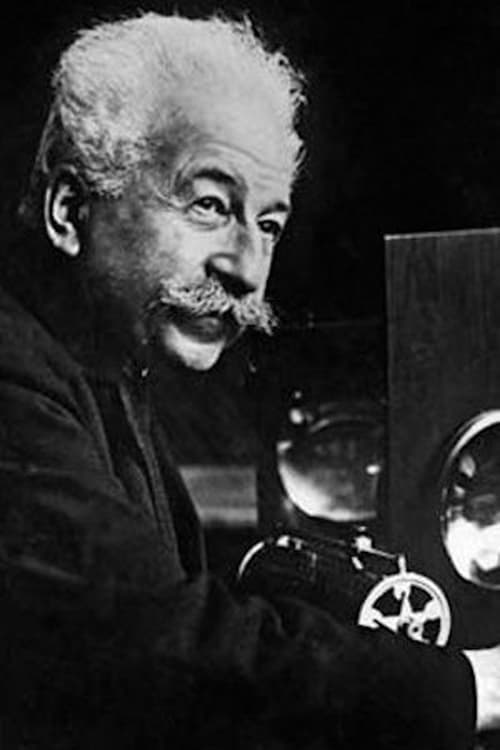Lancement d'un navire (1896)
Género : Documental
Tiempo de ejecución : 1M
Director : Louis Lumière
Sinopsis
At the launch of a ship, of which we can only see the hull, the audience moves aside.

Angelic and demonic serpentine dances from dawn of cinema. The dancer is Loie Fuller; the pioneer modern dancer. Recorded in Paris, and hand-colored frame by frame.
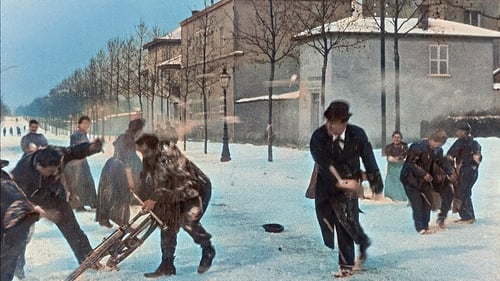
Wintertime in Lyon. About a dozen people, men and women, are having a snowball fight in the middle of a tree-lined street. The cyclist coming along the road becomes the target of opportunity. He falls off his bicycle. He's not hurt, but he rides back the way he came, as the fight continues.

Based on a real event that occurred between two deputies, in Chapultepec Park.

The first travelling shot.
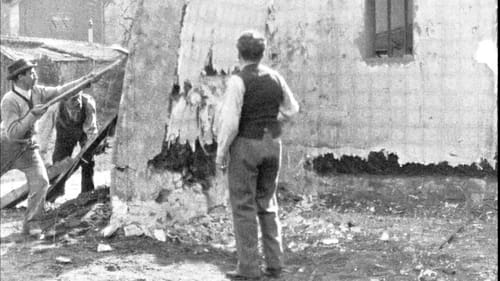
Auguste Lumière directs four workers in the demolition of an old wall at the Lumière factory. One worker is pressing the wall inwards with a jackscrew, while another is pushing it with a pick. When the wall hits the ground, a cloud of white dust whirls up. Three workers continue the demolition of the wall with picks.

Loïe Fuller performs a serpentine dance.

A bill poster comes upon a blank wall, and immediately puts up a poster advertising a movie show at one location.
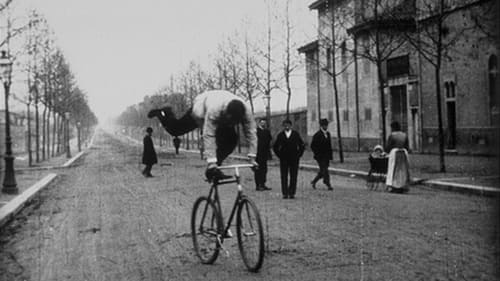
Francis Doublier does bicycle tricks in the street.

Félicien Trewey performs a trick by writing backwards the words "Ladies and gentlemen, my grateful thanks" on a board.

A skeleton dances joyously, often collapsing into a heap of bones and quickly putting itself back together.

A romantic couple are transformed into skeletons via X-Rays. The film combines two very recent innovations: Wilhelm Roentgen's discovery of X-rays in 1895, and Georges Méliès' accidental realisation of the special-effects potential of the jump-cut in 1896.

A man has an encounter with several spooky apparitions in a castle that is evidently owned by the Devil.

The film is a panorama shot-scene lasting just under a minute. The panorama film, as coined by Lumière, is a moving-camera shot--usually accomplished by placing the camera on a moving transport, such as a boat or train.
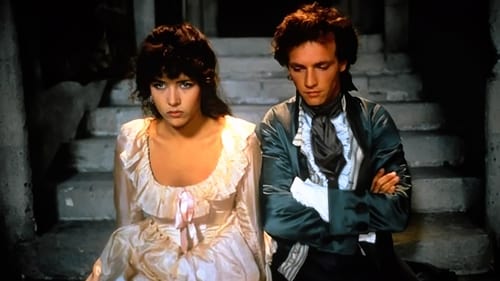
Directed by Philippe de Broca, the film recounts a bloody episode of the French Revolution. 1793, the Terror . In Vendée and in Bretagne, the chouans are revolting against the young Republic and fight for the monarchy restauration. The civil war divides also the family of the Count Savinien de Kerfadec, a liberal and generous noble and a flying machines inventor.
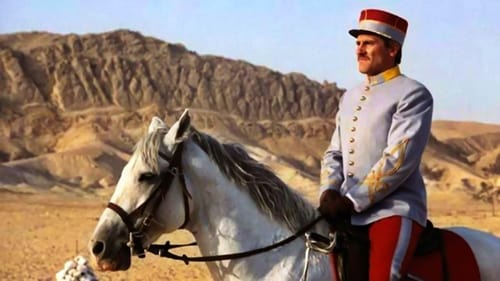
En 1911, Charles Saganne, un teniente del ejército francés de origen campesino, tenía todas las cualidades de un héroe de Balzac: ambición, amor y buena presencia. Cansado de la vida de la guarnición, decide ir al Sur, al Sáhara. Allí conocerá la vida y la muerte, la aventura, la libertad, la lucha en el campo de batalla, el fracaso, el sufrimiento y el placer, el amor y la gloria en la campaña de pacificación del desierto, donde un fuerte llevará su nombre. (FILMAFFINITY)
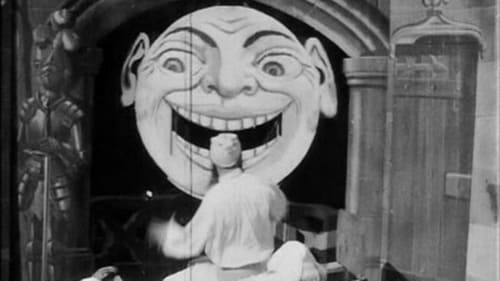
A man has a fantastical nightmare involving, among other things, a grinning malevolent moon.

Georges Méliès makes a woman disappear, then reappear.

Le Manoir du diable or The House of the Devil, released in the United States as The Haunted Castle and in Britain as The Devil's Castle, is an 1896 French short silent film directed by Georges Méliès. The film tells the story of an encounter with the Devil and various attendant phantoms. It is intended to evoke amusement and wonder from its audiences, rather than fear. However, because of its themes and characters, it has been considered to technically be the first horror film, as well as potentially the first vampire film. The film opens with a large bat flying into a medieval castle, circling a room, and then suddenly changing into the Devil. Producing a cauldron, Mephistopheles conjures up a young girl and various supernatural creatures in an effort to scare two cavaliers, eventually succeeding in causing one to flee. Ultimately the remaining cavalier is confronted face-to-face by the Devil before reaching for and brandishing a large crucifix, which causes the Devil to vanish.
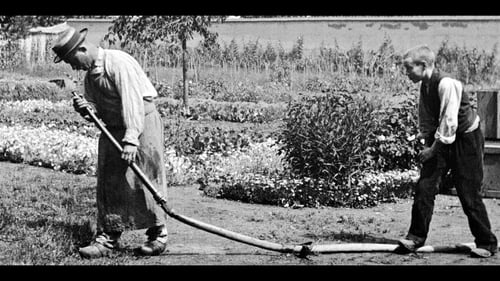
Rodado en 1895 por Louis Lumière, "El Regador Regado" está considerada como la primera película de ficción de la historia del cine. La historia es tan simple como la broma que un chico le gasta a un jardinero pisando la goma cuando éste riega un jardín. En el momento en el que el segundo inspecciona la manguera para ver qué ocurre, el muchacho levanta el pie y el hombre acaba empapado, empezando la persecución para darle su escarmiento al niño. Simple, directo y efectivo. Uno de los primeros gags de la historia del celuloide, que arrancó la carcajada del entonces inocente y sorprendido público. (FILMAFFINITY)

"L'Arrivée d'un train à La Ciotat" es sin duda uno de los filmes más famosos de la historia. La imagen de un tren llegando a una estación, pasando muy cerca de la cámara mientras reduce la velocidad, se convirtió rápidamente en una escena absolutamente icónica de esa curiosidad de reciente invención llamada "cinematógrafo".


